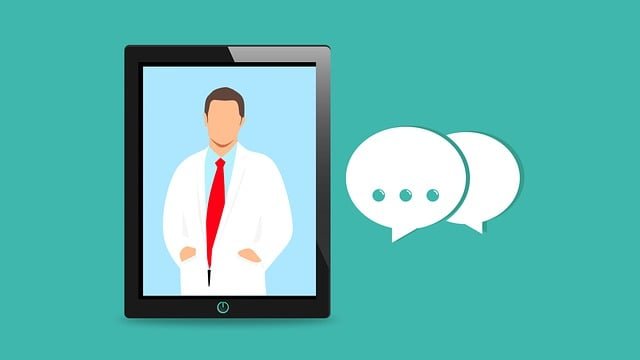2
We’ve all been there—camera on, audio glitching, laptop balanced on a stack of books, and your doctor asking, “So, tell me what’s going on…”
Virtual care has made healthcare more accessible than ever, but let’s be honest: a virtual doctor visit still requires a little planning if you want it to be productive (and not just a tech rehearsal in pajamas).
Whether it’s your first time or your fiftieth, the difference between a rushed, frustrating session and a meaningful, helpful consultation often comes down to what you do before you click “Join.”
Here’s how to prep like a pro and make sure you walk away from your next virtual appointment with answers, not just connection issues.
1. Pick Your Space Like You’re About to Take a Test
You don’t need a ring light or a sterile white wall—but you do want a quiet, well-lit, private space where you won’t be interrupted.
Avoid:
- Coffee shops (we love ambiance too, but this isn’t the time)
- Echo-heavy bathrooms
- Cars with poor signal
- Living rooms full of curious toddlers or barking dogs
Ideal setting? A quiet room with good lighting, stable Wi-Fi, and maybe a notepad nearby. Treat this like you’re seeing your doctor in-person—because, in many ways, you are.
2. Test Your Tech (Yes, Before the Last Minute)
We get it. You’re busy. But logging in two minutes before your appointment and realizing your mic doesn’t work? That’s a vibe killer.
Run a quick check:
- Camera on?
- Microphone working?
- Device charged or plugged in?
- App or browser access ready?
Better to spend 60 seconds testing than 10 minutes troubleshooting while your doctor waits. If you’re using a new platform, give yourself a few extra minutes to explore it.
3. Prep Your Questions and Symptoms
It’s easy to forget details once you’re face-to-face—even virtually. Avoid the classic “Oh, and one more thing…” five seconds before the session ends.
Write down:
- Current symptoms (what, when, how often)
- Any new medications or supplements
- Key questions or concerns
- Changes in lifestyle, diet, sleep, or stress
This keeps the appointment focused and helps your doctor give you the best guidance in the limited time you have.
4. Gather Key Data (Your Doctor Will Thank You)
If you have home medical tools, use them! Even basic info can help guide the visit.
Examples:
- Blood pressure readings
- Blood sugar levels
- Weight changes
- Temperature, if you’ve been feeling unwell
- Photos of rashes or injuries (send ahead if allowed)
This info helps your provider make more accurate assessments—especially when they can’t do a physical exam.
5. Treat It Like a Real Appointment (Because It Is)
Yes, you’re at home. Yes, you might be in sweatpants. But don’t treat this like a casual video call.
- Be on time
- Be honest (they can’t help with what they don’t know)
- Stay present (no folding laundry while talking about chest pain)
Your virtual doctor visit is still your real healthcare. Give it your full attention.
6. Don’t Log Off Without a Plan
Before the visit ends, make sure you know:
- What your diagnosis or next step is
- Whether you need labs, imaging, or prescriptions
- When to follow up
- How to reach your provider if symptoms change
Pro tip: Repeat it back to confirm. It’s surprisingly easy to miss the details when you’re focused on the screen (or on how weird your voice sounds on video).
Final Thought: Convenience Doesn’t Mean Casual
Virtual care is modern medicine at its most convenient—but you still play the most important role. The more prepared you are, the better your doctor can help.
So close your 18 browser tabs, silence your notifications, and show up ready.
Because when done right, a virtual doctor visit isn’t second-best.
It’s healthcare that fits your life.



